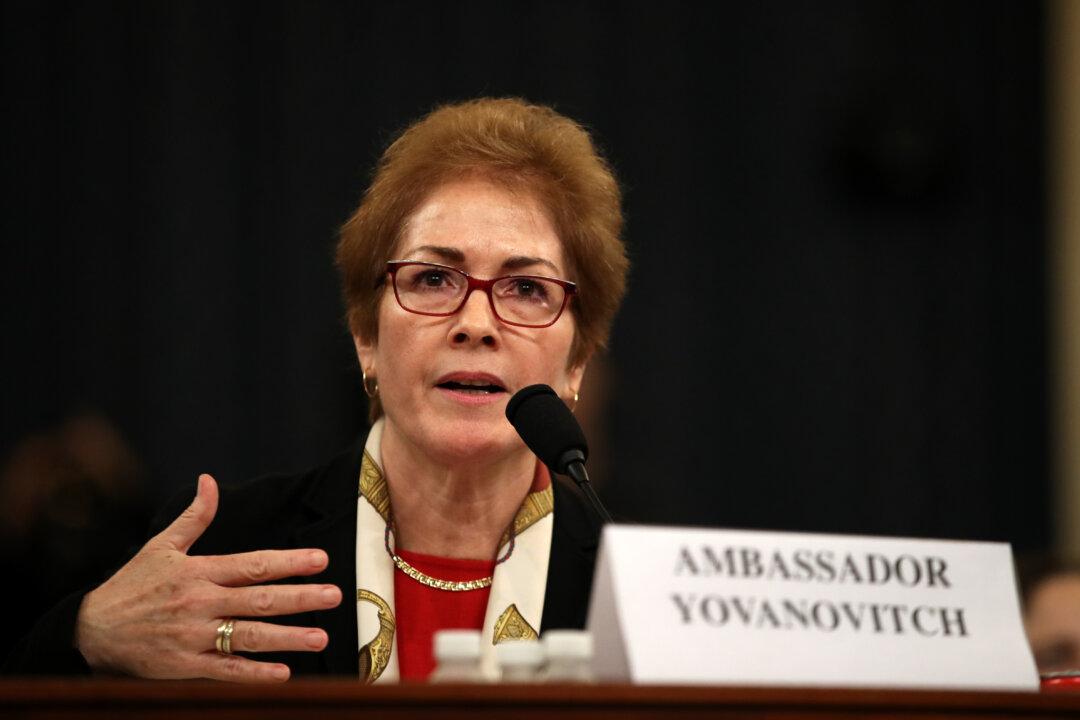Enrollment in Medicaid and the Children’s Health Insurance Program (CHIP) is projected to grow modestly in 2019 after declining this year, while spending on the programs is projected to increase.
A report by the nonprofit Kaiser Family Foundation (KFF) predicts that enrollment in Medicaid and CHIP will rise by less than 1 percent in 2019, compared to almost half a percent decline in 2018 and a 2.8 percent rise in 2017.






